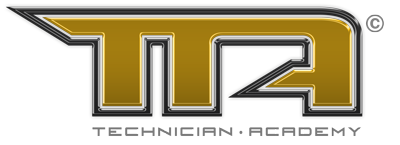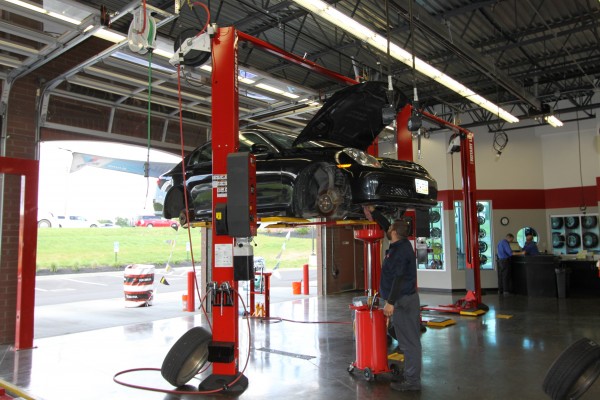The one tool that is used on 90% of today’s repair is often the most overlooked when it comes to maintenance.
So your service manager has just taken delivery of an ambulance in need of brakes. It’s a hefty vehicle, tipping the scales at 14,000 lbs. Good thing you have a brand new hoist rated for 15,000 lbs, right?
Wrong, says Steve Perlstein, government sales manager for Mohawk Lifts.
He points out that if the front axle weighs, say, 4,800 lbs and the rear weighs 9,200 lbs, the rear swing arms of the lift are going to be overloaded by about 1,700 lbs.
Perlstein says that ambulance requires a lift with a capacity of at least 18,400 lbs.
The point is, overloading a lift is easy to do. As a matter of fact, it’s really easy to make all kinds of lift mistakes.
We tend to think of lifts as big, dumb machines with a lot of brute strength. But next to your computers, they’re probably the most complicated tools you own. Unfortunately, most technicians are never properly trained on how to use or maintain them.
Hard to say why this should be. Technicians are tinkerers by nature who want to know how everything works. And training is ubiquitous. Lift manufacturers offer education, and many distributors and installers will train operators or offer refresher courses whenever they install new lifts. There’s also a wealth of online training to be found.
But with an influx of less-expensive units from far-afield manufacturers and a general increase in shop liability and work-safety requirements, lift purchasers must step up their training and safety practices. Failing to do so could mean a loss of business or, worse, loss of life.
To read the full article CLICK HERE.
Image Source

